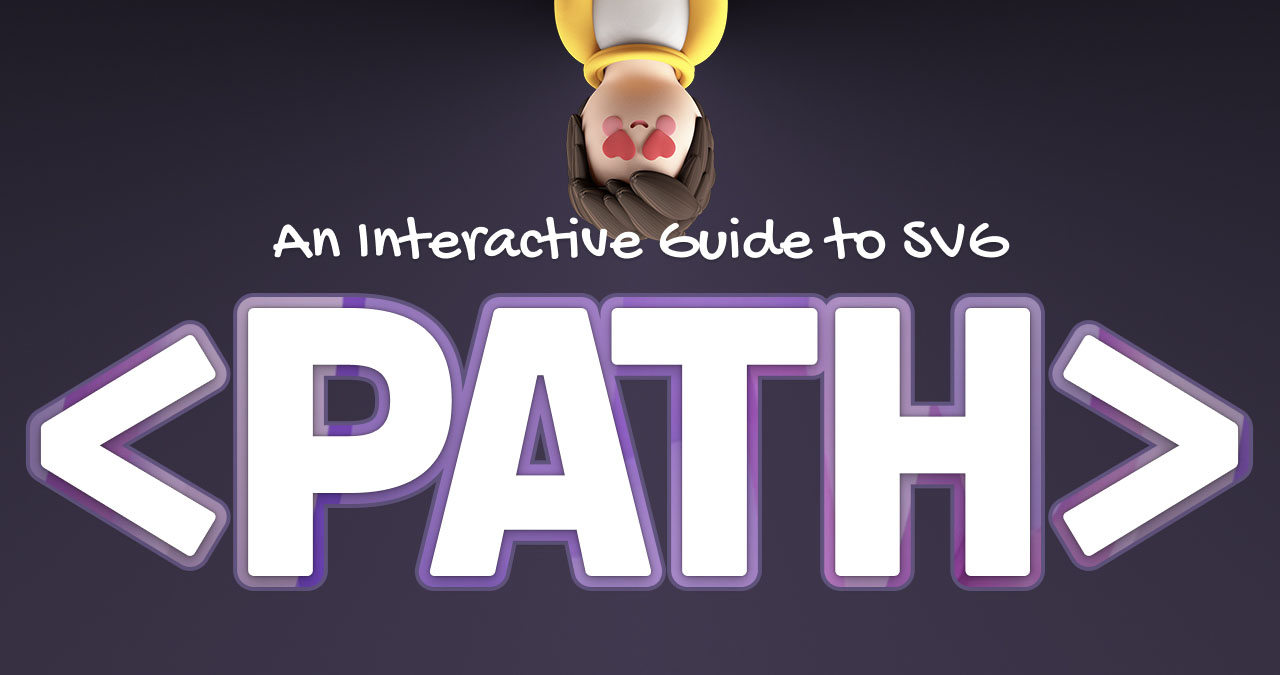
"The SVG <path> element is notoriously tricky. When I first encountered it, I found it totally inscrutable. Its syntax isn't quite as bad as Regex, but it has the same sort of "what on earth?" vibes. At the same time, <path> elements are also incredibly useful. They're the only way to create curved shapes in SVG, beyond full ellipses. And once you get the hang of it, they're actually quite a lot of fun to use!"
"The <path> element is modeled after the "pen" tool in vector graphics software like Illustrator. It allows us to chain a bunch of separate drawing instructions together, like a real-world pen being manipulated across a piece of paper. Let's look at a basic example: The d attribute stands for "data", and we use it to define a set of sequential drawing instructions. The "M" command moves our imaginary pen to a specific point, and the "L" command draws a straight line to a specific point."
The SVG <path> element provides a sequence of drawing instructions that behave like a pen tool in vector editors. The d attribute encodes those commands and parameters, with letters like M moving the pen and L drawing straight lines. Path commands enable curved shapes beyond simple ellipses, with the arc command often considered the most complex. Compact SVG authoring often omits commas and whitespace, resulting in dense command strings optimized for minimal file size. Web developers with basic SVG knowledge can use path commands to create intricate vector shapes and animations by chaining instructions precisely.
Read at Joshwcomeau
Unable to calculate read time
Collection
[
|
...
]